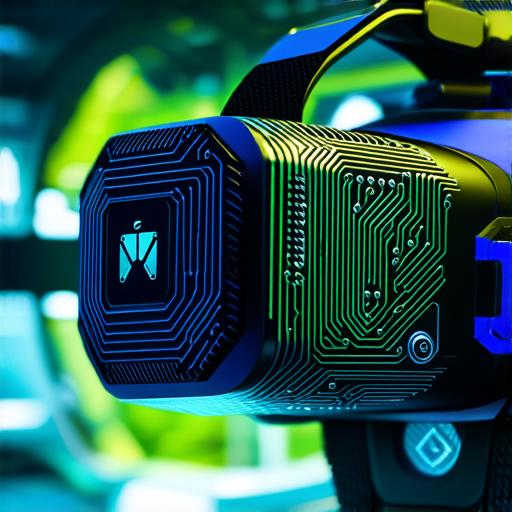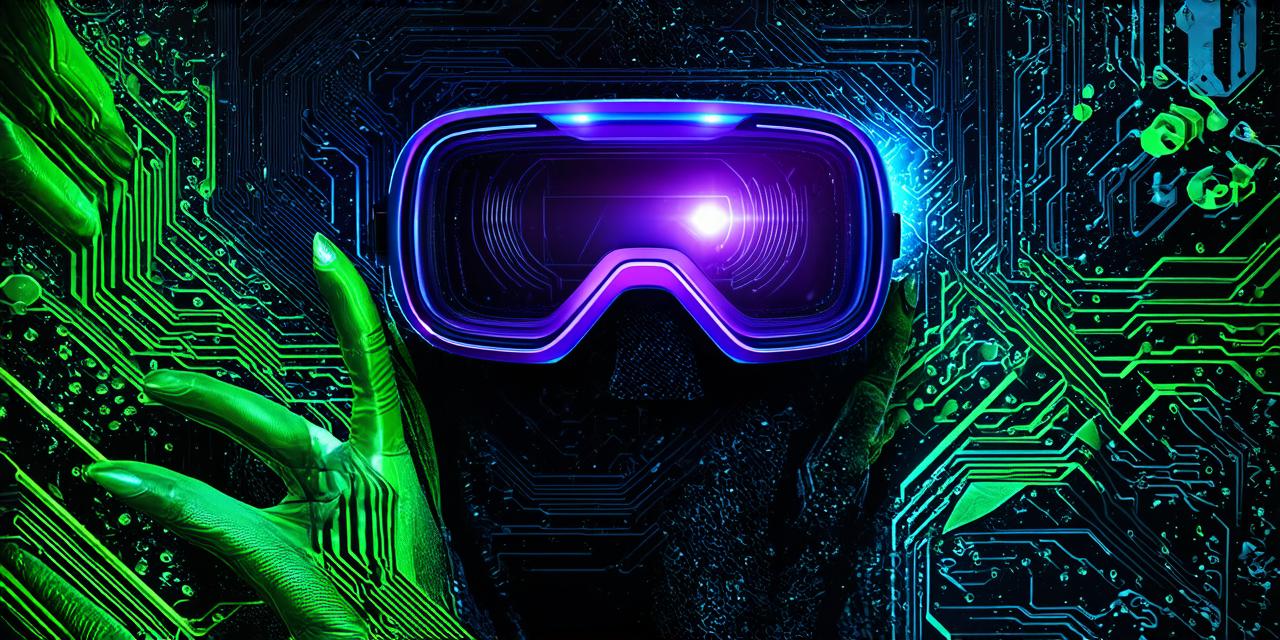Virtual reality (VR) has been around for decades, but it’s only recently that we’ve seen rapid advancements in technology and hardware.
The Evolution of Virtual Reality Technology

The first VR systems were bulky and expensive, with limited capabilities. However, in recent years, we’ve seen a dramatic shift in the technology used to create virtual environments. High-resolution displays, advanced graphics rendering, and more sophisticated motion tracking have all contributed to making VR more realistic and engaging.
The Impact of Advancements on the Industry
As VR technology has improved, so too has the industry around it. We’re seeing a growing number of companies investing in VR research and development, as well as more content being created specifically for VR platforms. This includes everything from games to educational programs to medical training simulations.
The Future of Virtual Reality
While it’s difficult to say exactly when VR will become a “genuine reality,” there are a few factors that could accelerate this process. For one, as more people invest in VR hardware and software, we’ll likely see continued advancements in technology. Additionally, as the use cases for VR expand beyond gaming and entertainment, it could become an increasingly integral part of our daily lives.
Summary
In conclusion, while virtual reality has come a long way since its early days, it still has some way to go before it becomes truly immersive and realistic. However, with continued advancements in technology and the growing popularity of VR, we can expect to see significant improvements in the near future. Whether you’re a gamer or a business owner, there’s no doubt that virtual reality is an exciting and rapidly evolving field.
